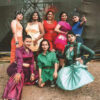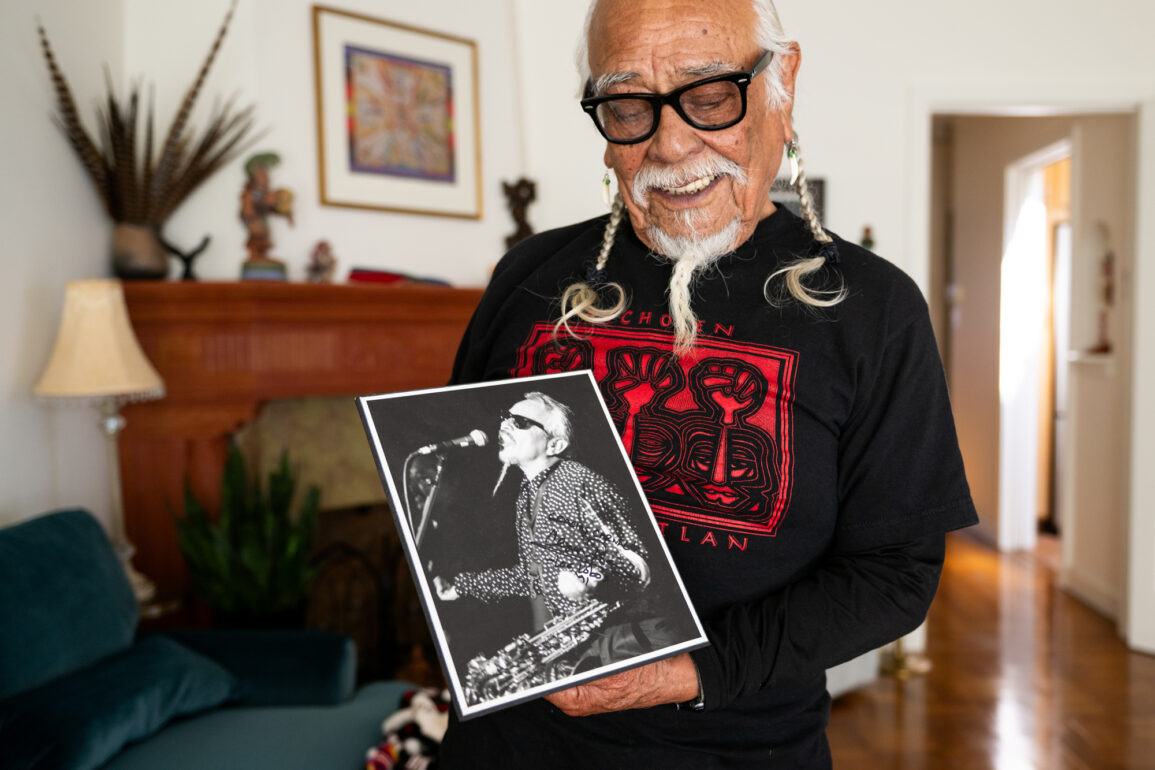Realizing he had to face the music, Cuéllar sat down at a bus stop to head home. “As I’m waiting a car full of guys pulls up and there’s a guy who I knew was a sax player in the high school band I had been in,” he recalls. “He was surprised to see me with a sax. I said, ‘I just bought it and I want to learn how to play.’ He said, ‘Get in the car, we’re going to rehearsal.’”
Even though music has occasionally receded from his life, sometimes for long stretches, it’s served as a guiding light for Cuéllar. He got his start as a professional working around Texas in the Del-Kings, a mostly Chicano R&B band playing Junior Parker, Bobby “Blue” Bland, B.B. King and T-Bone Walker numbers along with some Five Satins-style doo-wop.
A musically barren four-year stint in the Air Force that trained him as a dental technician could have sent him in a new direction, “but the cold reality of what it would take for a Mexican to be a dentist in Texas, as presented to me by my dentist,” made him rethink his ambitions and realize, “I really do want to be a musician,” he says.
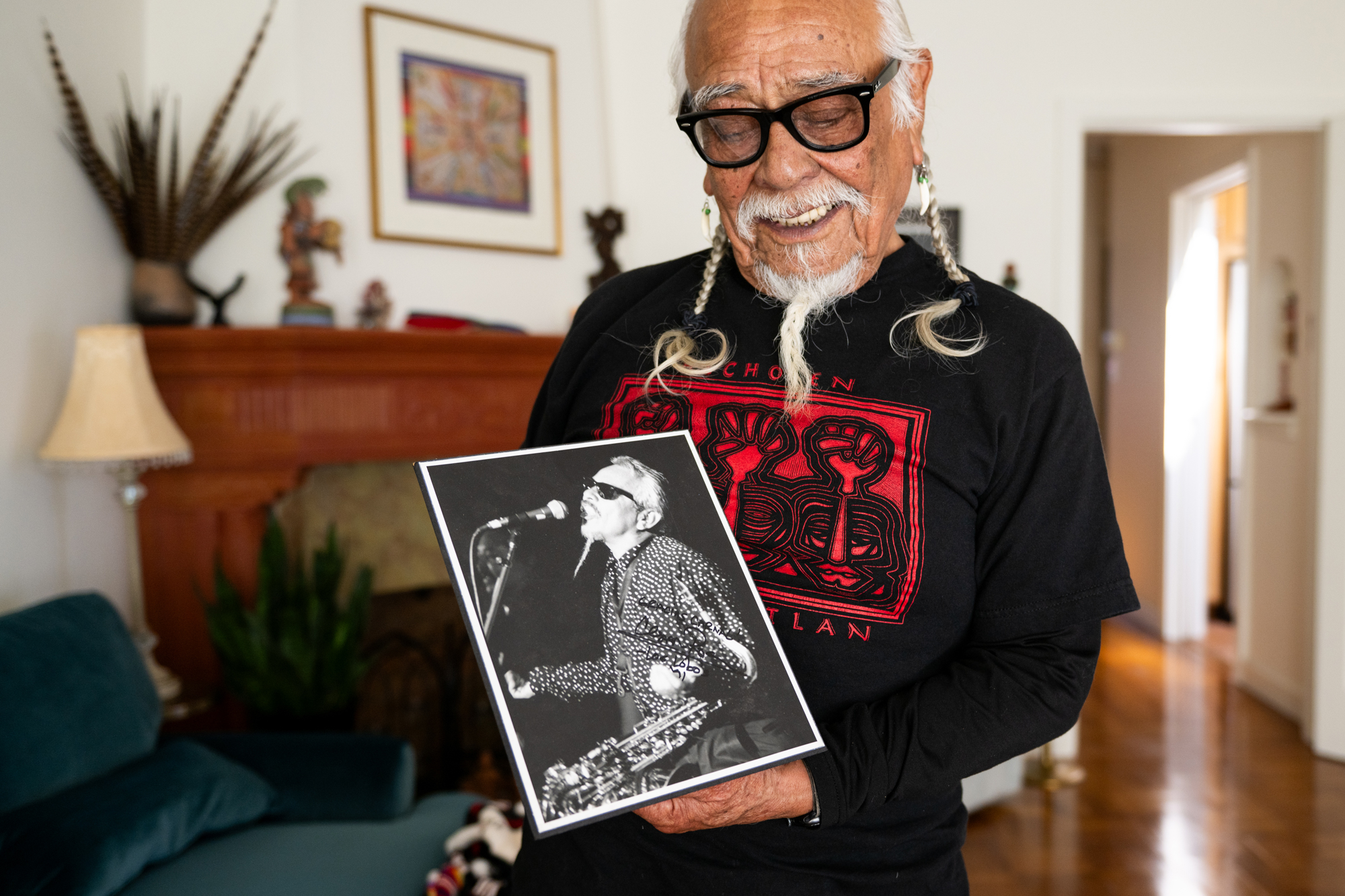
The birth of Dr. Loco
He spent much of the next decade performing in Las Vegas and Southern California, and along the way Cuéllar ended up keeping that belated date with higher education. Enrolling in Golden West College in Huntington Beach to study music, he was gradually politicized by the movement against American involvement in the Vietnam War. Transferring to Long Beach State in 1969, he arrived just as the rising Chicano movement, which was deeply entwined with anti-war protests, attained new visibility.
Embracing the movement he turned his attention to his own community, eventually earning a PhD in anthropology from UCLA in 1977. He managed to keep his hand in music until then, but when Cuéllar accepted a tenure-track position at the University of Colorado at Boulder, it receded. “I couldn’t find anyone to play with in Colorado that I liked,” he says. “I wanted to get more involved in my academics too, so the horn went into the closet and stayed there until I got to Stanford in 1983.”
Teaching Chicano studies and serving as senior ethnogerotologist at the School of Medicine, he was reunited with his saxophone when students urged him to put together a combo to play campus events. Thus was born the Corrido Boogie Band, a group that’s remembered mostly as Cuéllar’s introduction to the Bay Area music scene. They frequently backed the Chicano comedy troupe Culture Clash, who always wondered what to call Cuéllar. The need for a stage moniker was answered while he was doing research on gang kids, cholos, in Tijuana.
“I was standing there with a bunch of kids and this kid comes up and says ‘Is it true you’re a doctor?’ And I said ‘Yeah, I’m an anthropologist,’ but in Spanish its antropólogo, so he goes, ‘Dr. Loco.’”
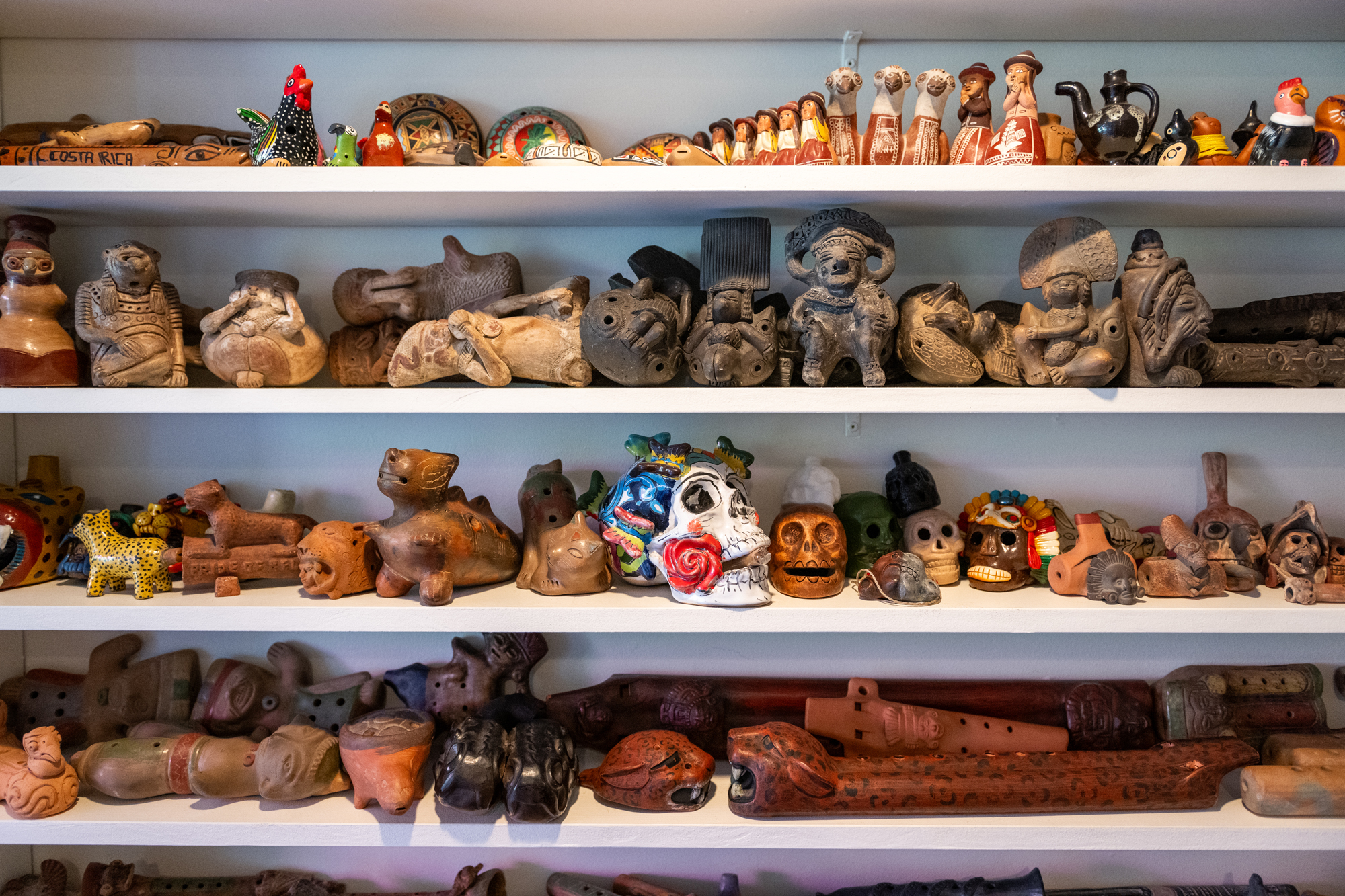
The name stuck, and back at Stanford he transformed the Corrido Boogie Band into Dr. Loco’s Rockin’ Jalapeño Band in 1989. The group’s sound encompassed musical eras and idioms, merging old school New Orleans R&B, Afro Caribbean rhythms, Mexican rancheras and Tex-Mex soul. The interconnectedness of his two professions became apparent while he was doing research along the U.S.-Mexican border for his book, Tex Mex Saxo: The History and Heritage of El Saxofon in Tejano and Norteno Music.
Funded by a Rockefeller Gateways Fellowship, Cuéllar was looking for the differences between saxophone styles on both sides of the border. Besides the distinct roles the horn plays in each style — in Norteño the sax is a secondary voice while in Tejano it often plays lead — Cuéllar found that starting in the 1940s the saxophone was a primary avenue through which blues and jazz merged with Mexican music.
“Flaco Jiménez said ‘I love the sax because it begins to add the blues influence,’” he says. “It’s amazing how this African American influence has manifested itself in our music. In fact, that’s what starts to define and distinguish Chicano music. What you see is not the anglicization of the Mexican, it’s the Africanization of the Mexican. Intuitively I knew that, but it took this research to bring it home to me.”
The Rockin’ Jalapeño Band makes his observation anything but academic on 1998’s Barrio Ritmos & Blues, a cool, low-riding cruise through the various intersections of Chicano and African American culture. The album opens with “Pa’ Lo Que Vale,” a bilingual version of the Buffalo Springfield protest anthem “For What It’s Worth,” the first of a number of tunes that the band “pochocized” by mixing Spanish and English.
The godfather of a sound confronts loss
Dr. Loco’s sound and image made a particularly deep impression in Mexico City, where the hugely popular rock en español act Maldita Vecindad went on a quest to connect with him. They’d scored a major hit in 1991 with the song “Pachuco” that celebrated the rebellious sartorial style of Mexican American young men exemplified by zoot suits. “They saw him as the last pachuco,” says Alameda producer Greg Landau, an eight-time Grammy Award nominee who’s worked with Dr. Loco since the ’90s.
“We went to see them at Fillmore in 2007 and they saluted him from the stage, saying ‘Dr. Loco is here, our godfather,’ and hailed him for combining activism and music,” says Landau, who ended up flying down to Mexico City a week later to produce the Maldita Vecindad album Circular Colectivo. Landau also got an up-close look at Cuéllar’s impact on students “who were in awe of him” during a sabbatical year when he filled in for him at SF State. “His presence and the way he presents himself, he makes students aware he’s Dr. Loco,” Landau says. “That’s part of the experience he’s teaching. How do you embody all of these things?”
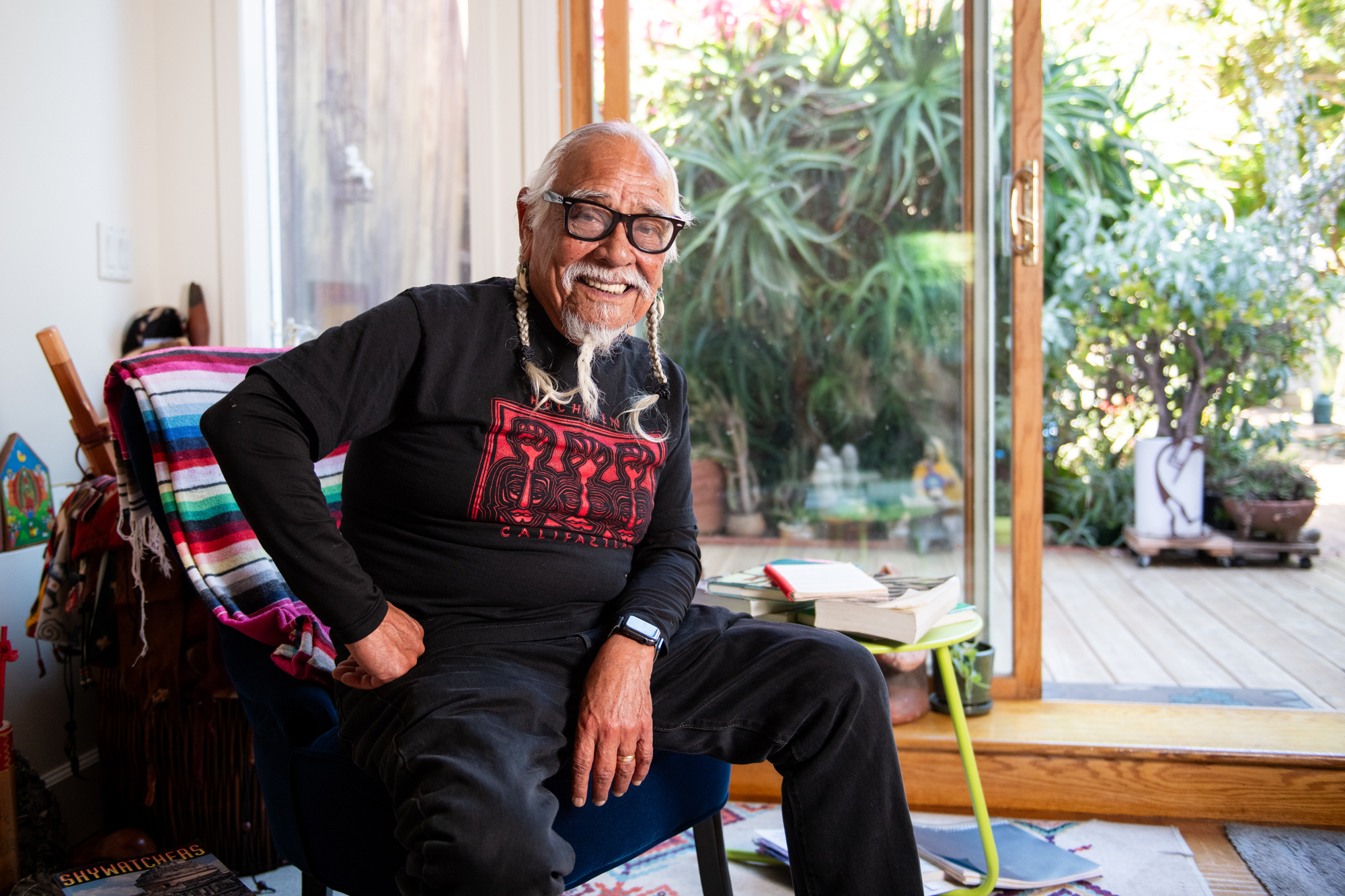
Cuéllar has been an emeritus professor at SF State since 2010, though he continues to teach, research and consult at various institutions. As a musician, he’s still easing back into performing after the pandemic and a bout with long COVID, working mostly with The Bernal Beat. For a man who’s gone from triumph to triumph without a game plan, Cuéllar’s work in gerontology has prepared him well for inevitable toll of aging “and the losses that we deal with,” he says.
This post was originally published on this site be sure to check out more of their content.


